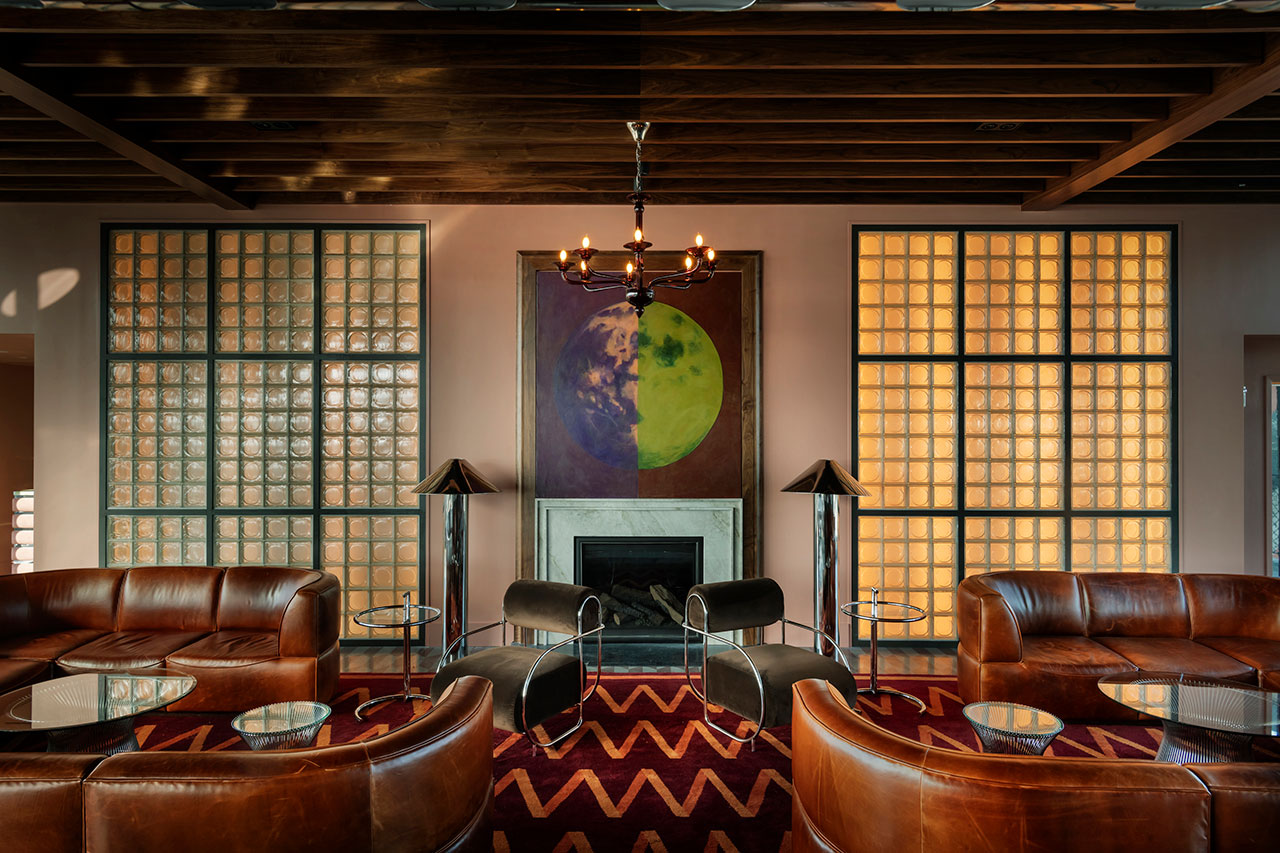In its post-Civil War evolution, Atlanta was something of a phoenix rising from the ashes. This now booming metropolis was one of the first in the Reconstruction era to embrace the “New South” model, favoring more modern and industrialized development over an adherence to the agricultural system that had long dominated the South Eastern region of the United States. Because of its status as a railroad hub, the city became the state capital of Georgia in 1868 and has since seen a steady rate of growth and expanded cultural influence, especially during the Civil Rights Movement of the early 1960s. However, like most developed urban centers in the Western world, Atlanta experienced a level of postindustrial decline in the latter half of the 20th century. Neighborhoods like the historic Old Fourth Ward District became largely derelict.
Urban renewal and eventual gentrification began in the late 1980s and today, the area is yet again a thriving commercial and residential core with an eclectic array of hospitality and retail lining main BeltLine thoroughfare. Adding to this illustrious mix is the new 16-story FORTH Hotel; a new monumental beacon for the area that pays homage to its resilience.
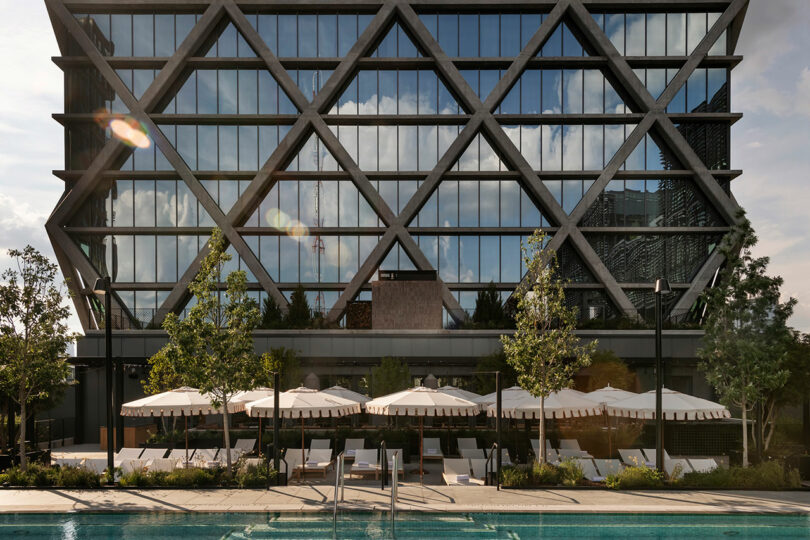
It’s exposed concrete diagrid facade casts a striking figure against the Old Fourth Ward’s ever-changing Ponce City Market. “The diagonal columns not only contribute to the aesthetics of the new building, but also serve a structural purpose,” Adjami says. “Behind the cast-in-place exterior is a window wall, adding surprising depth and transparency to the facade. From inside, the diagrid creates unique silhouettes over each guest room window. Below the tower, a three-story gray brick podium features corbelling that artfully frames each window opening.” While the tower portion stands out, this anchor component is more nuanced and reflective of its surroundings in both scale and material.
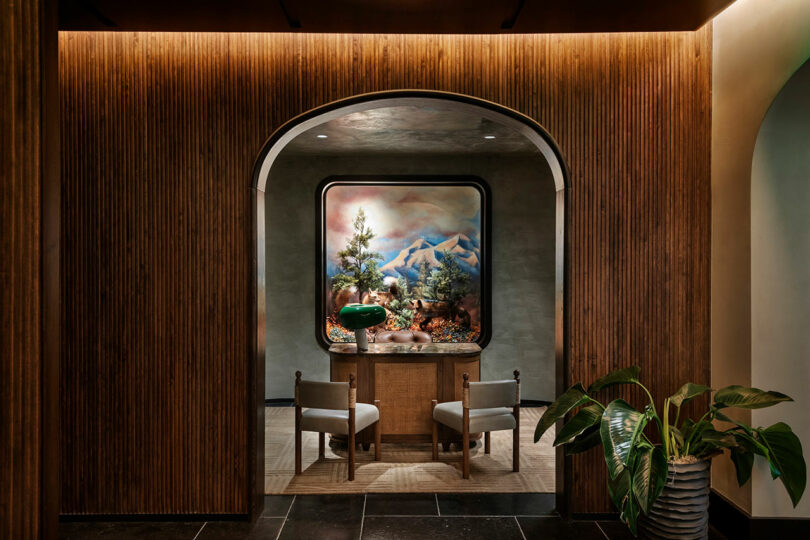
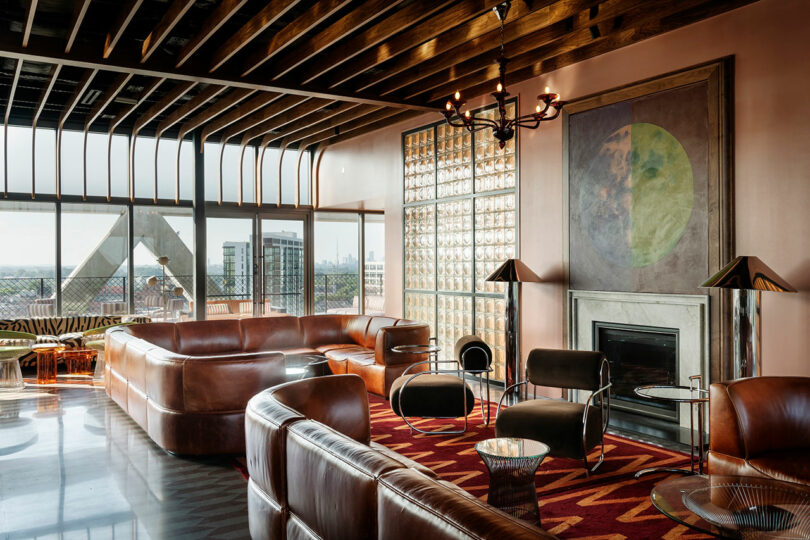
A keen proponent of site-responsive design elements, all while bypassing the pitfalls of kitschy reconstitution, prolific architect Morris Adjami sought to distill this complex history in the complete ground-up and interior outfit of the destination. Past projects that demonstrate this approach include Williamsburg, Brooklyn’s Wythe Hotel and Charleston’s The Pinch; like FORTH, developed by Method Co.
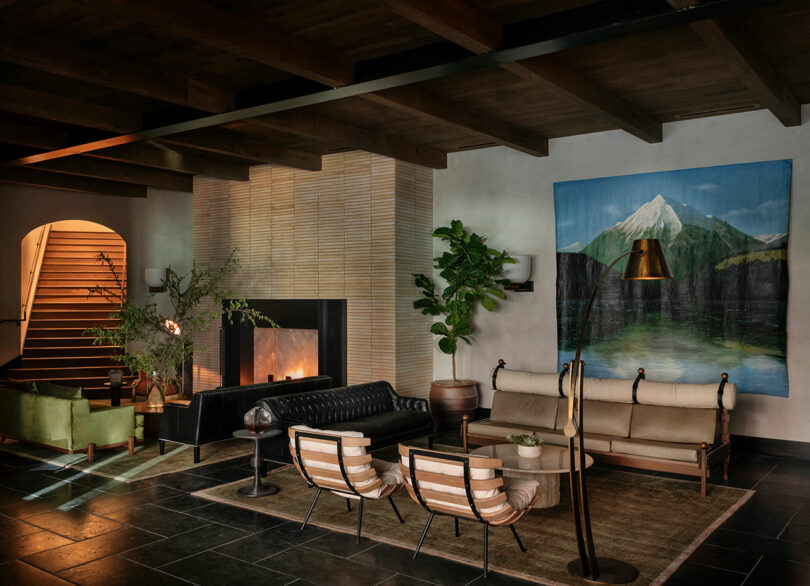
Opting for a sophisticated late mid-century modern, 1970s visual vocabulary, he and his team imbued the 196-guest room property and many of its public-facing amenity spaces with a moody, cinematic aesthetic. FORTH incorporates a massive 2,300-square-foot rooftop pool, state-of-the art fitness center, co-working space, and a 350-seat events space. The soon-to-be-unveiled members club is set to not only bring visitors in but also the ever-popular neighborhood’s illustrious crop of young creative professionals. The hotel’s four restaurants includes the ground-floor Italian steakhouse Il Premio and the rooftop cocktail lounge Moonlight. The latter features zebra-print upholstered sofas and “full moon” mural-adorned marble fireplace evocative of the large public works that line the nearby Eastside Trail.
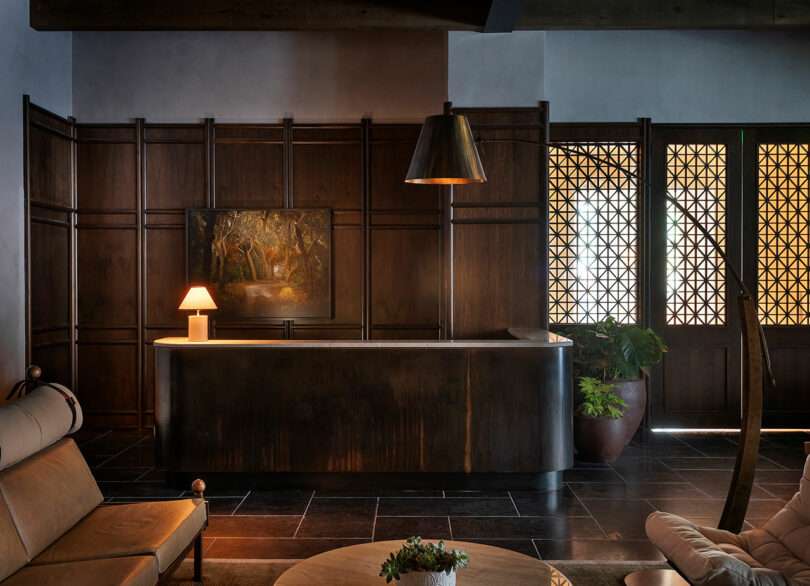
For the lobby and concierge desk, Adjami double downed on mid-century modern details. A dense forest landscape painting by Jack Spencer sits atop dark-stained walnut wood wall paneling and geometric screens reflective of the building’s triangulated shell. The mise-en-scene is accentuated by a large wall-mounted mountain scape tapestry furnished by Philadelphia-based bespoke producer BDDW. A mix of sourced vintage and custom contemporary furnishings and luminaires fill out the space as do wilderness-themed elements like taxidermied foxes, pinned butterflies, and natural foliage, all part of Becca Barnet’s concierge desk-topped diorama. Wood burning fireplaces can be found throughout the property.
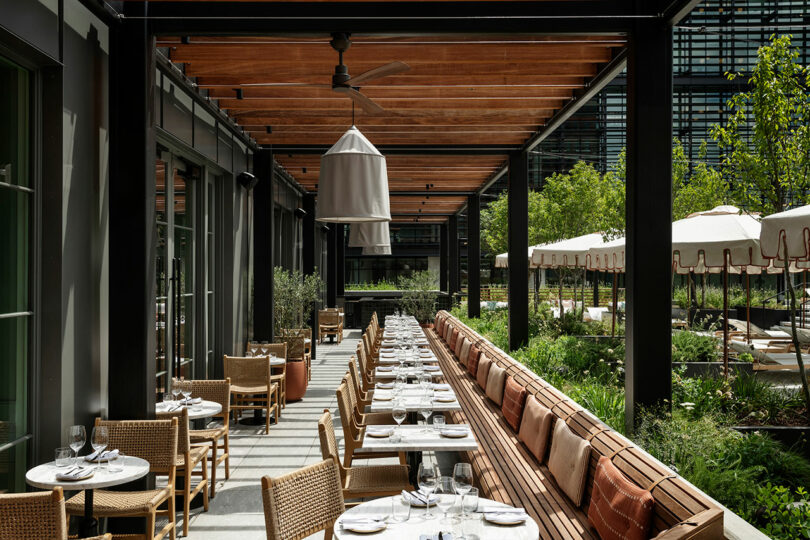
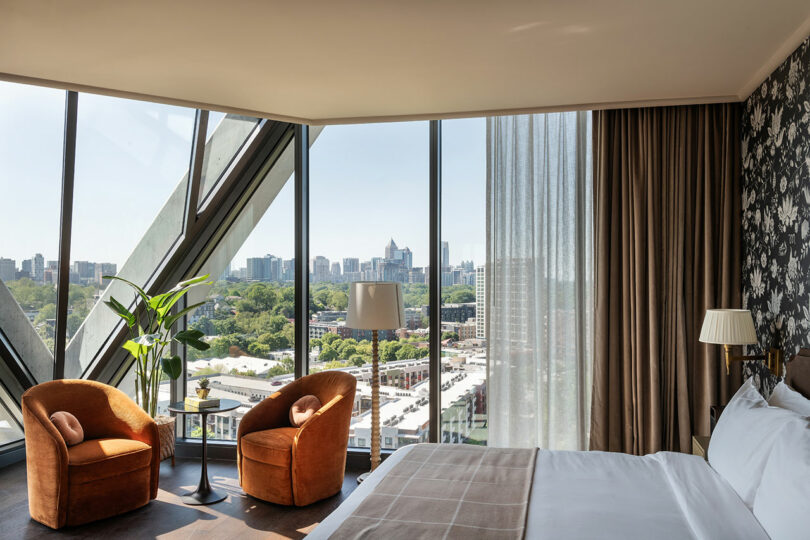
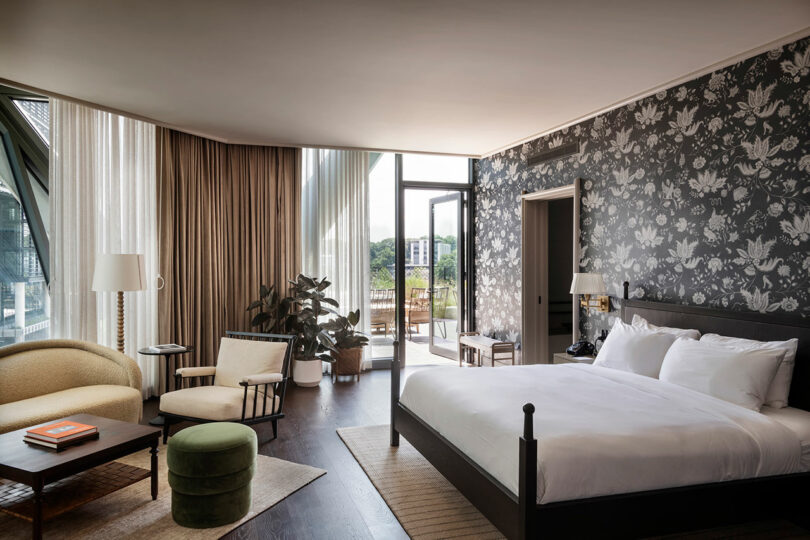
The 157 guest rooms are suffused with Southern hospitality characteristics. The aforementioned floor-to-ceiling windows flood these rooms with ample amounts of natural light and frame unobstructed views of verdant parks in the vicinity. Oak flooring plays host to hand-knotted antique rugs while floral wallcoverings provide additional visual depth. Bathrooms feature travertine-topped vanities and three-tone pattern tile surfaces. Hinoki-scented toiletries and diffusers emitting Le Labo perfume offer a finishing touch.
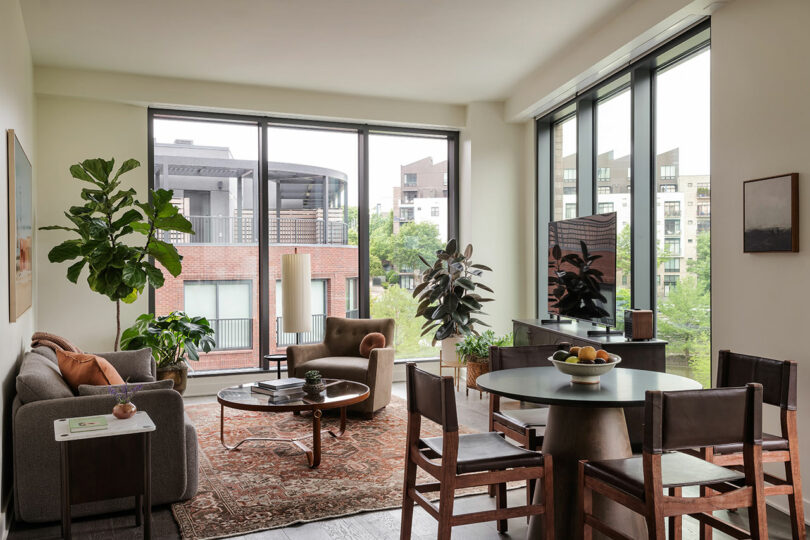
“We took a minimalist approach to the design of the 39 apartment-style suites, allowing them to feel like a home away from home,” Adjami concludes. Earth tones are continued throughout the color palette in the separate living space, while the kitchens boast lacquered brass hardware, sage green cabinetry, and farmhouse sinks, recalling a Southern aesthetic.
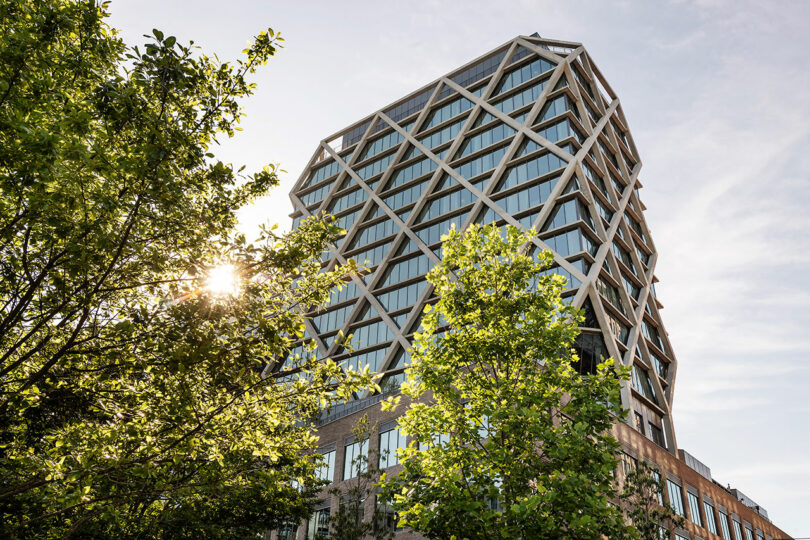
What: FORTH Hotel
Where: Atlanta, Georgia
How much: Guest rooms starting from $290
Design draw: Hidden behind an exposed concrete facade, the structure boasts a sophisticated, late mid-century modern interior with contemporary references to 1970s style. Be it a guest room or public-facing amenity, the spaces exude a moody, cinematic aesthetic. Of note is the hotel’s rooftop cocktail lounge Moonlight. It features zebra-print upholstered sofas and a “full moon” mural-adorned marble fireplace evocative of the large public works that line the nearby Eastside Trail.
Book it: FORTH Hotel
Go virtually on vacation with more design destinations right here.
Photography by Matthew Williams.

